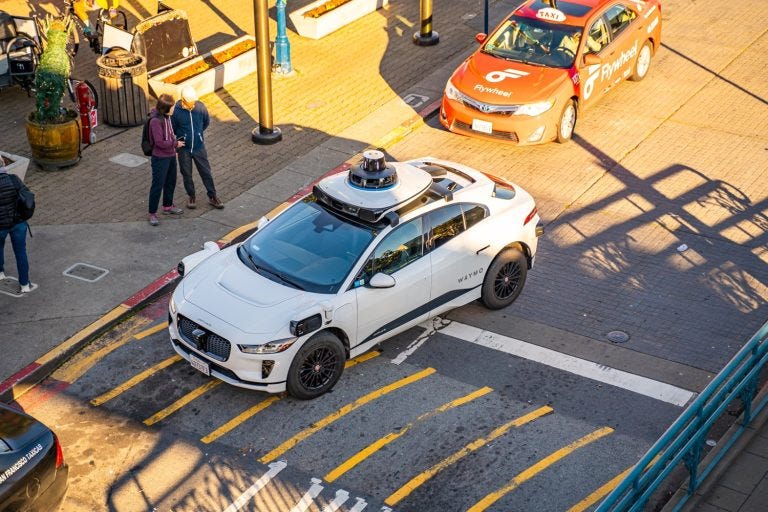Santa Monica orders overnight robot‑taxi lots to stand down
In Santa Monica, California, the robot‑taxi revolution just hit a brick wall. Waymo’s charging lots have been told to stop the after-hours rave. No more flashing lights, honking beeps, and self‑driving cars doing their dance at all hours of the night. Either the company complies or faces the wrath of a litigious Califor…
Keep reading with a 7-day free trial
Subscribe to Boing Boing to keep reading this post and get 7 days of free access to the full post archives.


